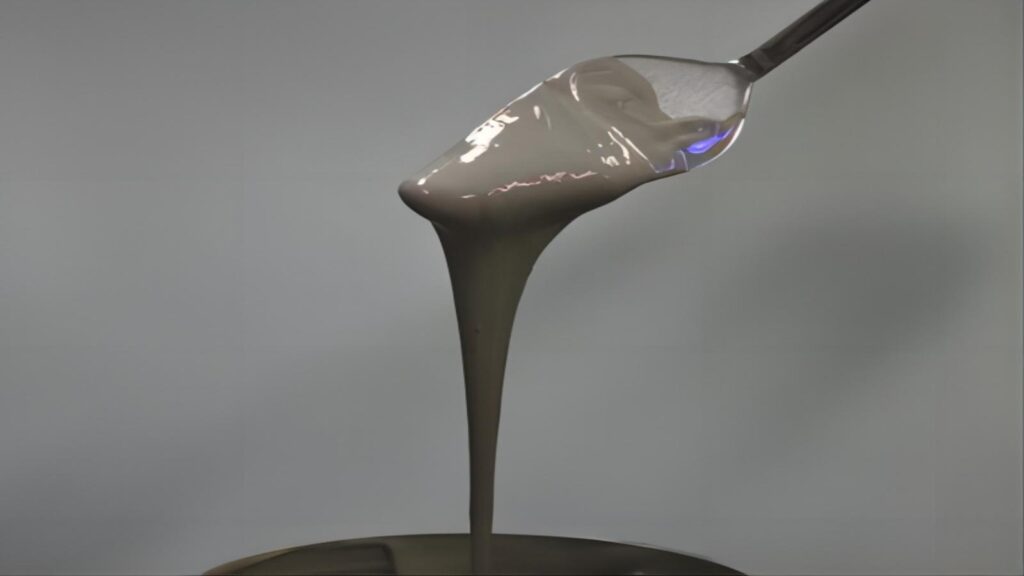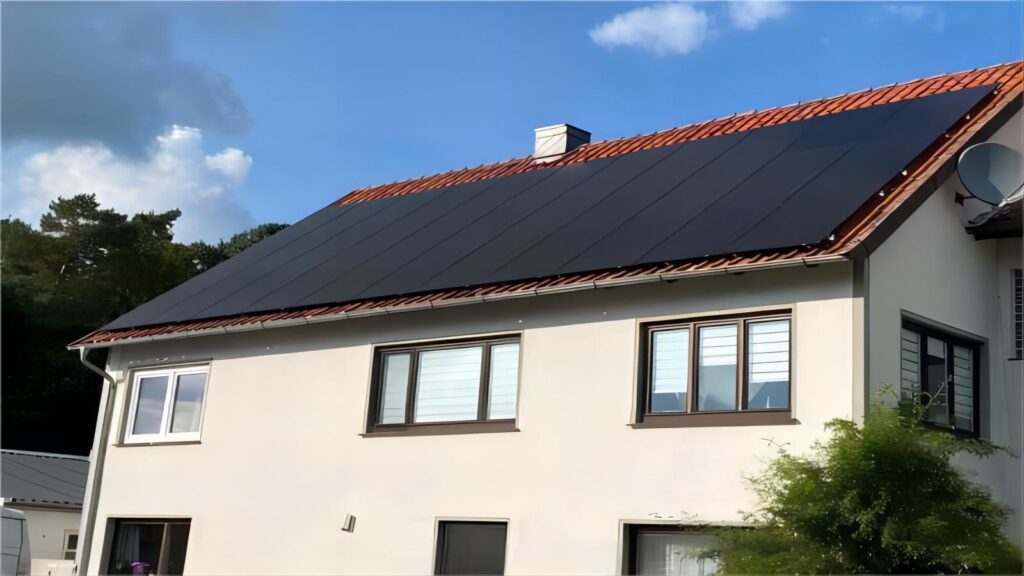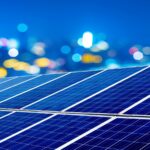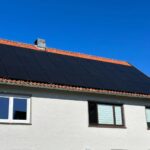What is Photovoltaic Silver Paste?
Photovoltaic Silver Paste is usually composed of silver powder, organic solvent, and binder. In the manufacturing process of solar cells, photovoltaic silver paste is coated or printed on the surface of the cell to form a metal electrode grid.
Silver has excellent electrical conductivity and can provide a good electron transport path, playing a role in electron collection and conduction in the process of converting solar energy to electrical energy in PV cells. These conductive grids of silver paste help in collecting the current and transferring it to the circuitry of the cell, thereby increasing the efficiency of the cell.
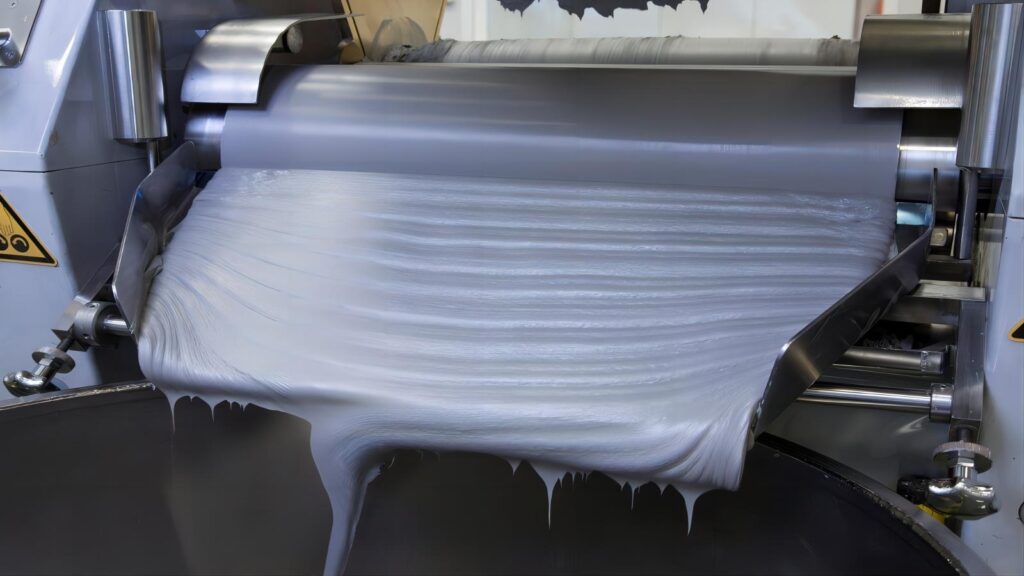
What are the characteristics of photovoltaic silver paste?
- High conductivity: because silver is a good conductive material, photovoltaic silver paste has excellent conductivity, which helps to reduce the resistance and thus improve the current collection efficiency of the battery.
- Good adhesion: photovoltaic silver paste can be firmly attached to the surface of the silicon wafer to ensure the reliability of the electrical connection.
- Anti-aging properties: after careful design, the photovoltaic silver paste can be used in the long-term to maintain stable electrical properties that are not easily affected by the environment.
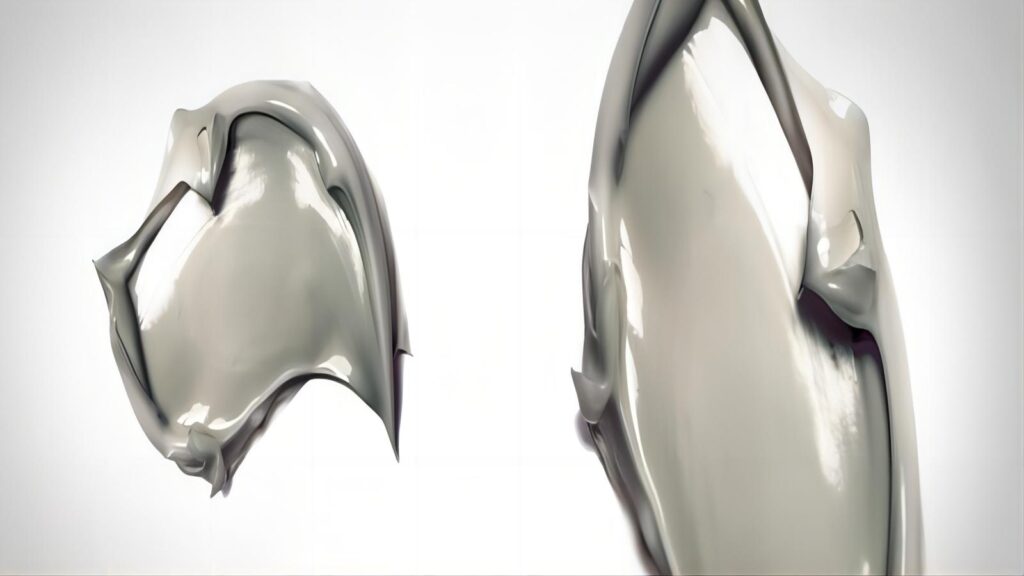
Where is the Photovoltaic Silver Paste in the PV panel?
Photovoltaic silver paste can be divided into silver paste on the front side of the photovoltaic panel and silver paste on the back side according to the location of the silver paste.
The main role of silver paste on the front side is to collect and export photogenerated carriers, mostly used in P-type battery lighted surface and N-type battery on both sides, which is the main product in the current market;
The silver paste on the back side mainly plays the role of adhesion, and is mostly used on the backlit side of P-type cells.
Therefore, the silver paste on the front side of photovoltaic panels requires a higher level of production process and electrical conductivity.
According to the classification of sintering temperature, what are the types of photovoltaic silver paste?
Photovoltaic Silver Paste can be categorized into high-temperature silver paste and low temperature silver paste according to sintering temperature. High-temperature silver paste, which is generally used in BSF and PERC batteries, is the main product of the current market, According to CPIA (Chinese PHOTOVOLTAIC INDUSTRY ASSOCIATION) data, the current high-temperature silver paste accounted for more than 98% of the total supply of silver paste;
Low-temperature silver paste is generally used in HJT heterojunction batteries. With the HJT heterojunction battery market share increasing, low-temperature silver paste demand will usher in rapid growth.
Click to learn what HJT is
Is the cost of Photovoltaic Silver Paste very expensive?
Photovoltaic silver paste is mainly composed of high-purity silver powder, glass powder, and organic raw materials, produced by mixing, rolling pulp, and other processes. Positive silver paste is a formula-based product; the precise ingredients affect the subsequent links, which in turn affect the silver powder. From the cost structure perspective, the cost of silver powder accounts for more than 98%, but from the performance perspective, silver powder performance directly affects the resistance of the electrode material, thus affecting the photoelectric conversion efficiency. Vitreous as a bonding phase, at high temperatures to dissolve silver powder and its rearrangement, the glass powder quality of the silver powder sintering machine’s silver-silicon ohmic contact plays a decisive role.
What is the future development direction of photovoltaic silver paste?
Irregular silver powder will lead to excessive surface energy, particle roughness, the easy formation of agglomerates, and the difficulty of uniformly dispersing it into the medium, making the sintered silver film highly porous and increasing resistance. Spherical silver powder has a small specific surface area, better dispersion, printing with smoothness, and conductive film has a dense structure, so spherical silver powder is a silver paste production of raw materials used more, but the spherical silver powder is easy to form a point of contact, sintering after the sphere shrinkage, the increase in the voids, and the impact of electrical conductivity, so the future direction of the research is for the different shapes of the silver powder mixture to strengthen the performance of the silver paste.
Maysun Solar has been making high-quality solar panels since 2008. We have a wide range of goods. In addition to shingles, we have all-black, double-glass, and other types of solar panels that use technologies like half-cut, MBB, and IBC. These solar panels have excellent performance and a stylish look, so they can fit in with any building. Maysun Solar has been able to set up offices and warehouses in many countries and work with great installers in a long-term way. If you want the latest module prices or have any other questions about PV, feel free to get in touch with us.

New Photovoltaic news you should know about (March 2024)
Table of Contents REC Unveils a 430 W Heterojunction Solar Module Boasting 22.2% Efficiency REC, a Singapore-based PV module manufacturer, introduces its residential solar modules featuring Alpha heterojunction cell technology. Production has commenced at REC’s Industry 4.0 fab in Singapore, with initial shipments

IBC Solar Modules vs. Bifacial Glass-Glass Solar Modules: Which Is More Suitable for Winter or Low-Light Conditions?
Table of Contents Introduction As the demand for renewable energy continues to surge, advancements in solar technology have broadened the spectrum of component choices available to us. Among these, IBC (Interdigitated Back Contact) full black solar modules have garnered special attention due to

Why Are Lightweight Bifacial Solar Panels the Best Choice for Balcony Solar Power Plants?
Table of Contents In the quest for efficient and eco-friendly home energy solutions, solar photovoltaic technology has emerged as a key player due to its sustainability and clean energy benefits. Particularly in the space-constrained urban settings, the effective conversion of every inch of

Questions You Might Ask About Balcony Solar Power Plants in 2024
Table of Contents What is a Balcony Solar Power Plant? Similar to a traditional photovoltaic panel, a Balcony Solar Power Plant is a device designed to generate electricity from solar energy. This green energy generator is specifically tailored for self-consumption, but it comes with

A Step-by-Step DTU Guide for Balcony Solar Power Plants
As renewable energy becomes increasingly integral in our daily lives, Maysun Solar’s Balcony Solar Power Station, with its advanced technology and user-friendly design, represents a transformative approach to home solar solutions. The integration of a Data Transfer Unit (DTU) enhances its smart functionality

What Are The Main Components of Solar Panels?
What are the main components of solar panel? Solar panels, the cornerstone of solar energy technology, are composed of several integral parts, each contributing to their ability to harness sunlight and convert it into electrical energy. In this article, we will explore the essential

